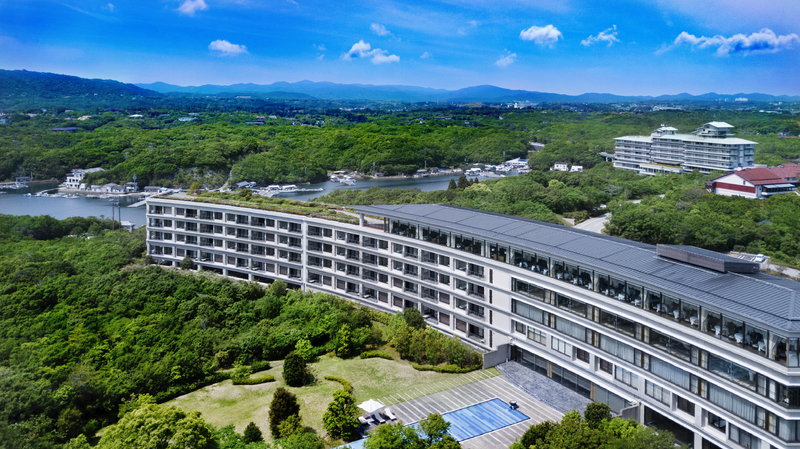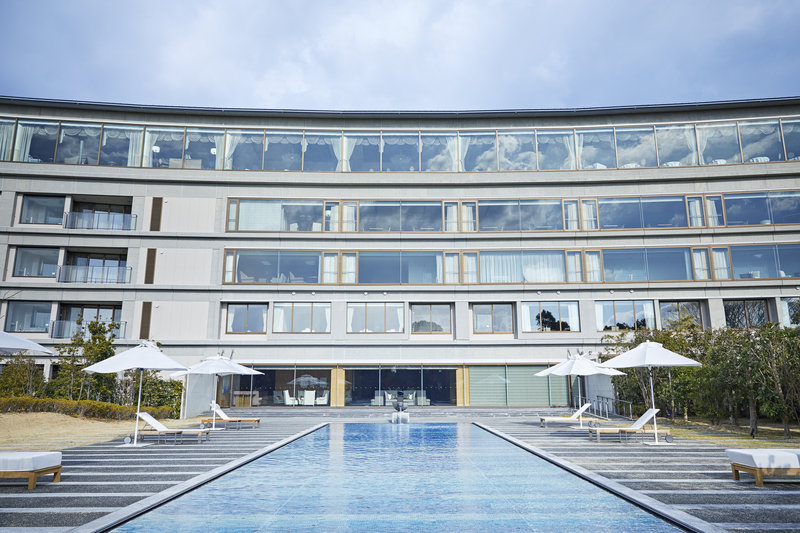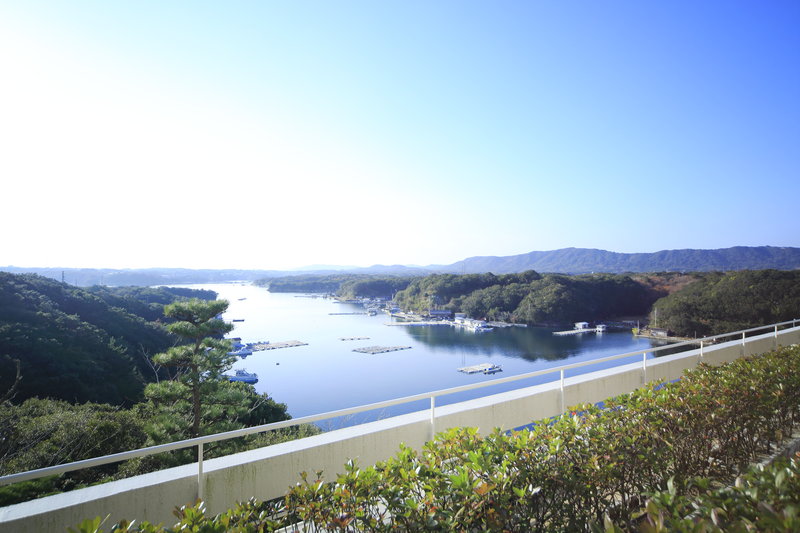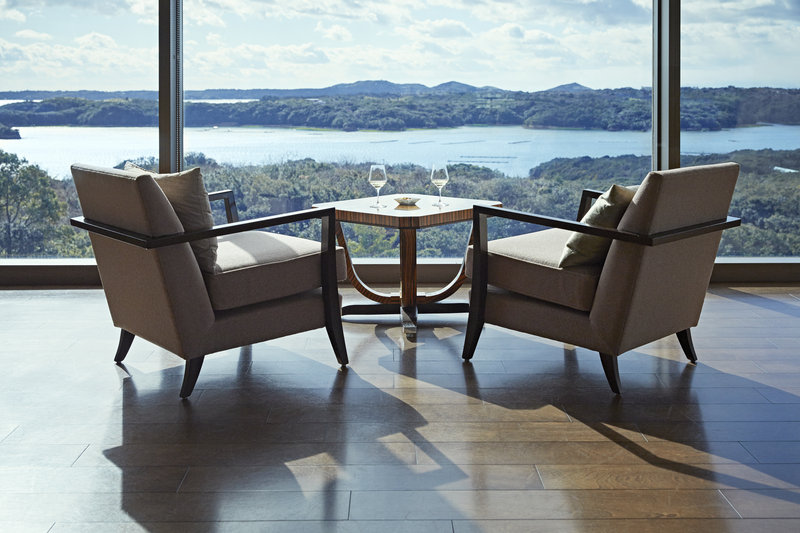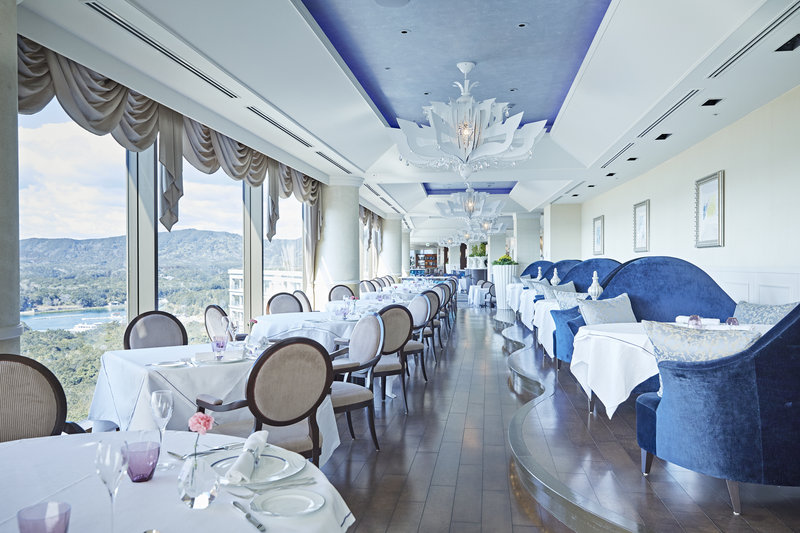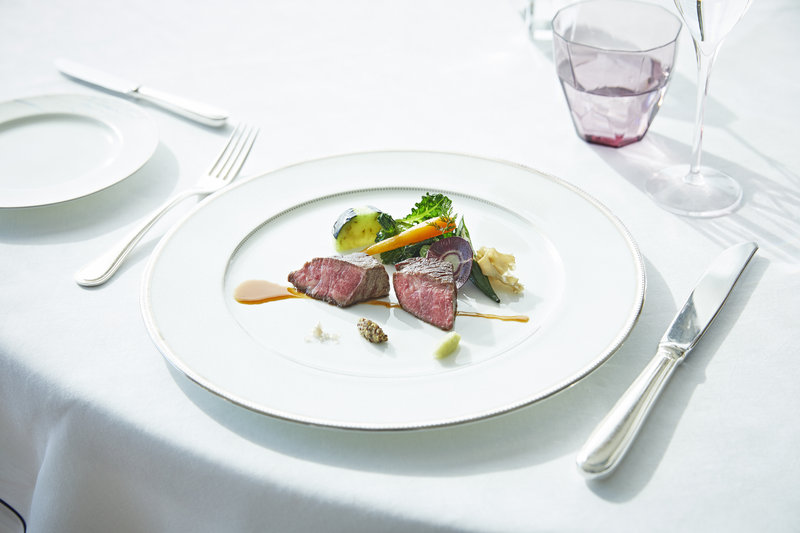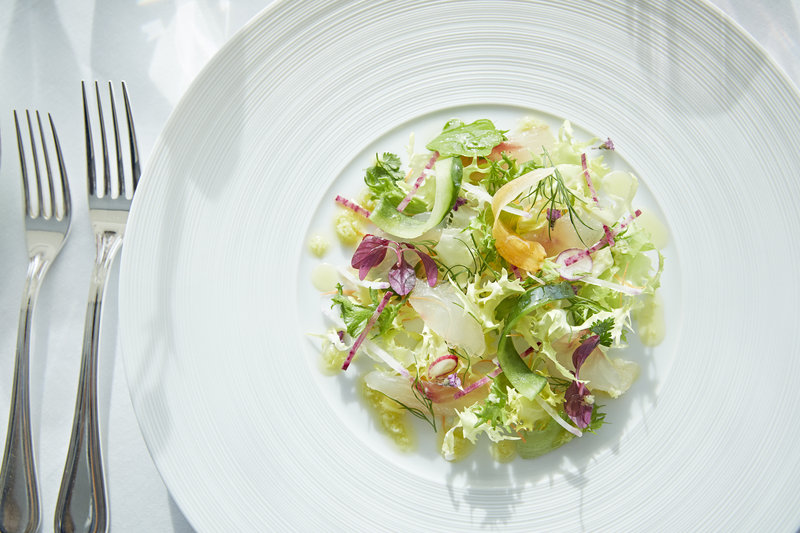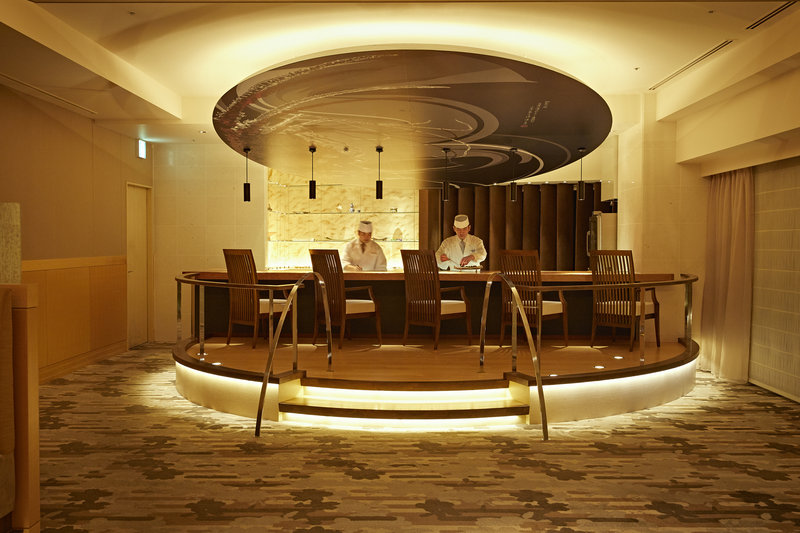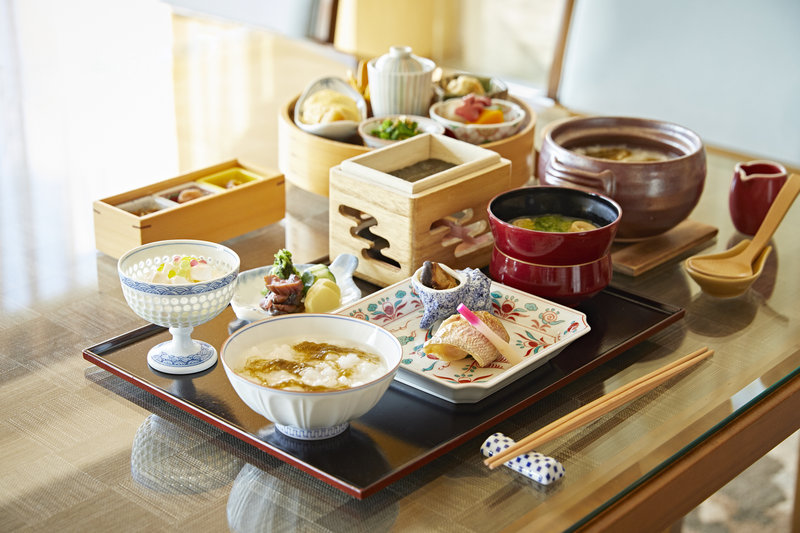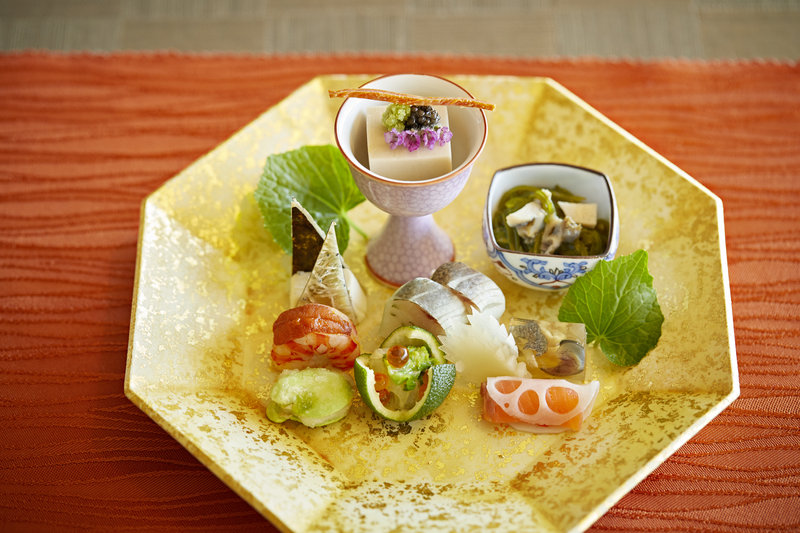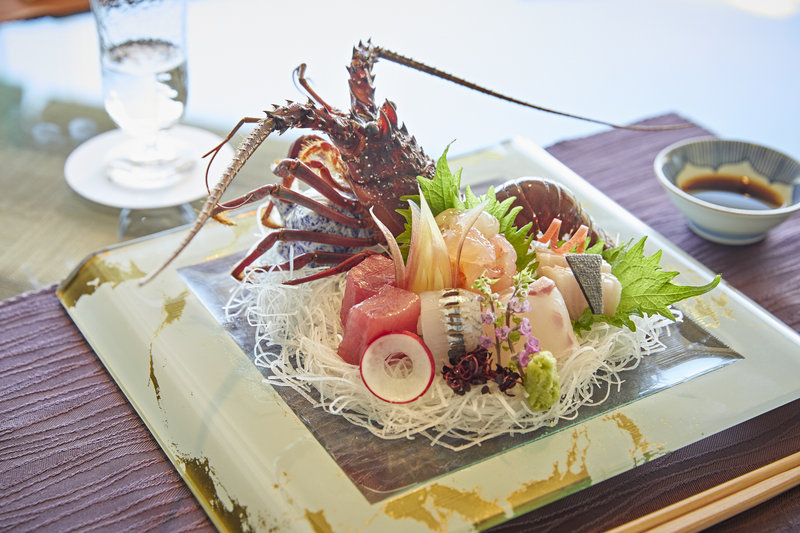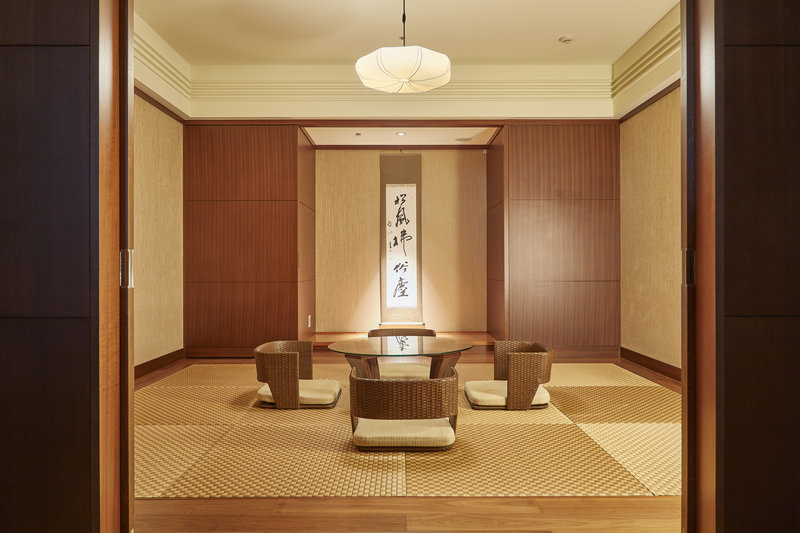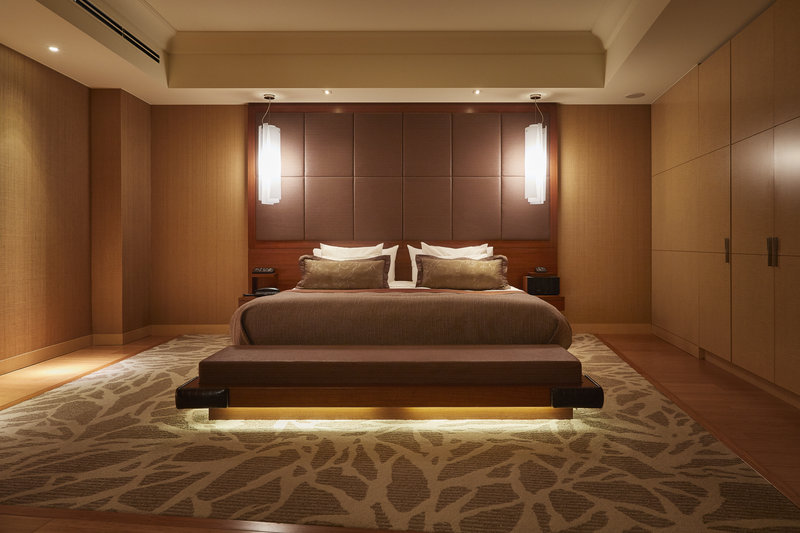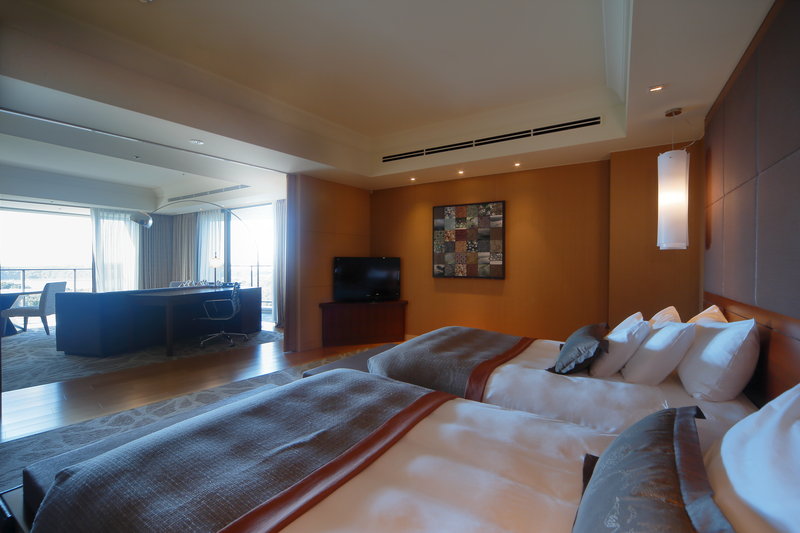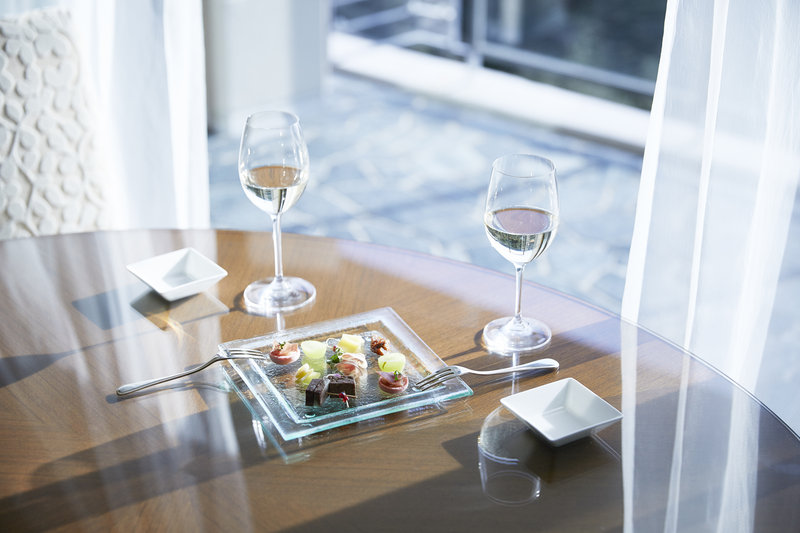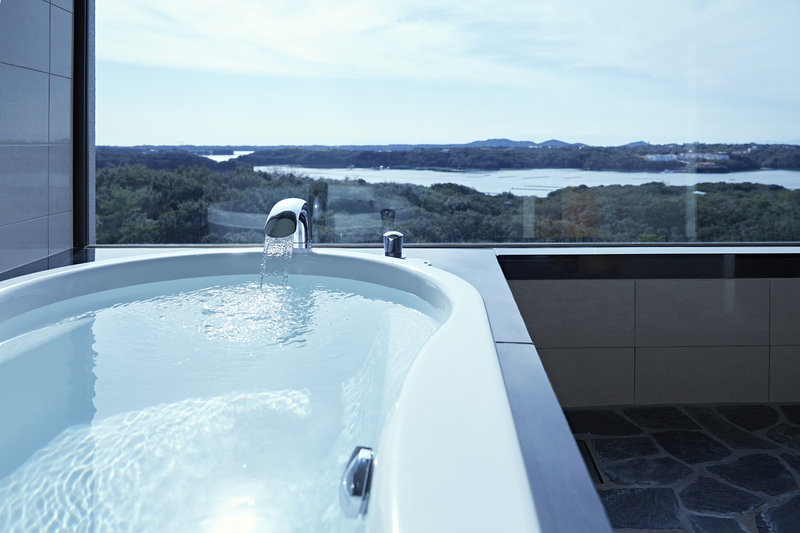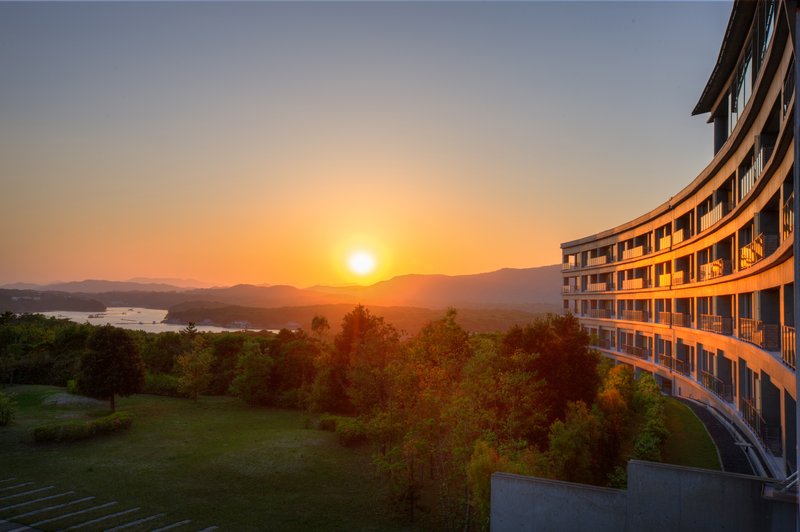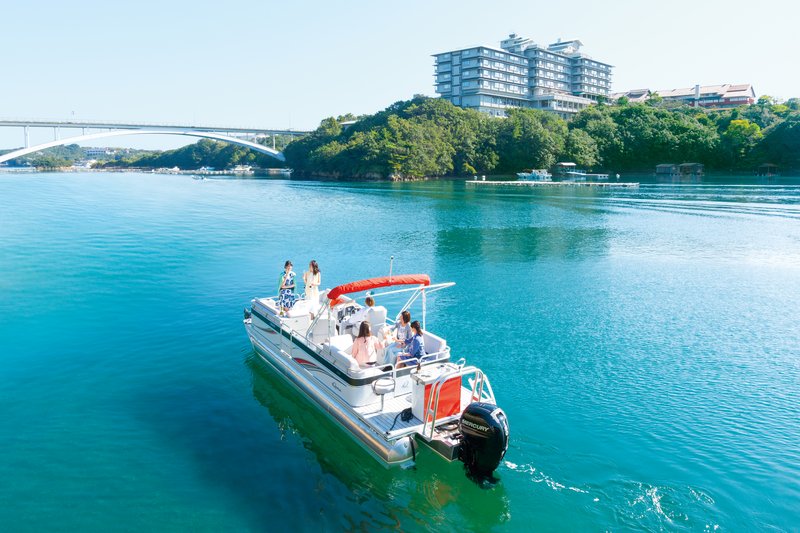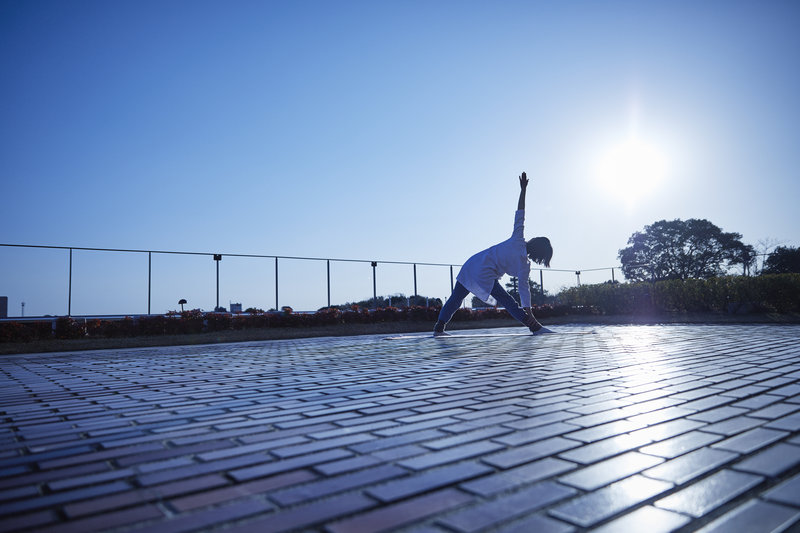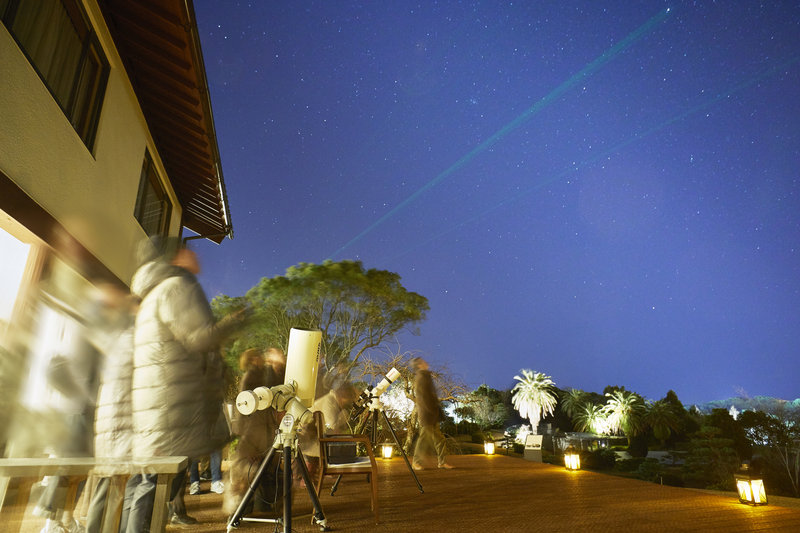Things to do
Culture
A stay in Ise-Shima demands a pilgrimage to Ise-jingū. This sacred Shintō shrine complex is the size of a small city – a labyrinth of inner sanctums, outer temples and moss-carpeted courtyards in a serene forest setting. This is where you’ll also encounter the Kotai Jingū mirror, although you won’t see it: it has been hidden from the human gaze for centuries. The original shrines date from the 3rd century, but the ones you’ll see are newer – tradition dictates the shrines are recreated every 20 years to specific plans and ancient practices.
Food
You could be forgiven for thinking lobster is the ‘national’ dish of Ise-Shima. Every seafood-inspired menu has its own take on the peninsula’s bountiful spine-shelled local crustacean – from colourful sashimi to tekone-zushi (‘fisherman’s sushi’), best enjoyed in winter. Outside of restaurants, you might spot seafood offerings when visiting Ise Grand Shine. These dishes often include abalone: sea snails that are hand-harvested by ama divers.
Nature
Ise-Shima National Park puts the archipelago’s natural beauty in the frame. Take in the views from Daiosaki Lighthouse, a maritime landmark that keeps a watchful eye over the coastline. Ships sail towards this part of the peninsula in such a way that you’re able to get a sense of the earth’s roundness: a fascinating natural phenomena. Calmer parts of the sea here, especially around Ago Bay, are ideal for kayaking.
